Back to blog
Why NFT Metadata Should Be Hosted on IPFS
The digital world is abuzz with NFTs, tokens that authenticate and ensure the uniqueness of digital assets. Central to the value and function of an NFT is its metadata. As the NFT realm expands, safeguarding this metadata becomes imperative. This is where the InterPlanetary File System (IPFS) steps in. This guide aims to shed light on why hosting NFT metadata on IPFS is pivotal for the present and future of digital assets.
NFTs and The Power of Metadata
Every NFT carries with it a set of information known as metadata. Imagine purchasing a unique digital artwork; the visual representation is just the tip of the iceberg. The metadata dives deeper, encapsulating the artist's name, creation date, unique attributes, history of ownership, and more. It's the digital certificate of authenticity. With NFTs becoming a cornerstone of digital collectibles, gaming, art, and even real estate, ensuring the permanence and integrity of this metadata is of utmost importance.
Revolutionizing Digital Storage and Streamlining Access
IPFS is reshaping the landscape of digital storage. Through its decentralized nature, it distributes content across a myriad of nodes, boosting resistance to tampering and outages. In the realm of traditional systems that rely on centralized locations, IPFS stands apart by employing content addressing, where data is fetched by its unique hash, ensuring the content’s authenticity.
As the decentralized tenet of blockchain finds synergy with IPFS, it naturally became the choice for hosting NFT metadata. However, while IPFS offers robust benefits, its complexities can be a maze for those unfamiliar. That's where Pinata enters the frame. Serving as the bridge for easier interaction with IPFS, Pinata offers an intuitive interface, faster data retrieval through Dedicated IPFS Gateways, and redundancy to guarantee content availability.
Yet, as developers embark on the NFT creation process, a pivotal choice awaits: the format of the gateway URL in metadata or token URI.
- Standard IPFS URI (ipfs://QmTz8mgtvkf8fG8es5i6vr4LX7dd9vnk1XVtB6ScVuCepr) - Although it demands a local IPFS node, platforms like Ethereum recognize and embrace it. This URL promotes decentralization, but there's a catch: platforms might have varying delivery speeds due to their choice of gateway.
- Public IPFS Gateway URL (https://gateway.pinata.cloud/ipfs/QmTz8mgtvkf8fG8es5i6vr4LX7dd9vnk1XVtB6ScVuCepr) - Offers a universal solution. It eliminates the need for a local node, ensuring direct browser accessibility. Its user-friendliness is its strength, but be wary of potential slow access speeds during peak traffic times, limits on content that can be served, and rate-limiting. It should generally only be used for testing.
- Dedicated IPFS Gateway URL (https://pinnieblog.mypinata.cloud/ipfs/QmTz8mgtvkf8fG8es5i6vr4LX7dd9vnk1XVtB6ScVuCepr) - Dedicated, private gateways offer rapid content delivery. Yet, while they ensure blazing speeds, developers should monitor traffic. High requests, especially from external sources, might escalate costs as many such gateways have associated fees. Dedicated Gateway URLs can also have custom domains, removing vendor lock-in.
In Summary:
Making the right choice between these gateway URLs essentially balances accessibility, cost, and speed. While the standard IPFS URI adheres closely to the ethos of decentralization, its performance is subject to the gateway choices of third-party platforms. The public gateway URL ensures broader accessibility but can sometimes be hampered by high traffic. Lastly, Dedicated Gateways via Pinata offer unparalleled speeds and performance.
Looking Ahead in the NFT Landscape
As the NFT market continues to flourish, making informed decisions about where and how to store metadata is crucial. IPFS offers a solid, decentralized storage solution that aligns with the very ethos of NFTs. Combined with Pinata, which streamlines the experience, we're looking at a future where digital assets are more secure, reliable, and transparent.
Happy pinning!

